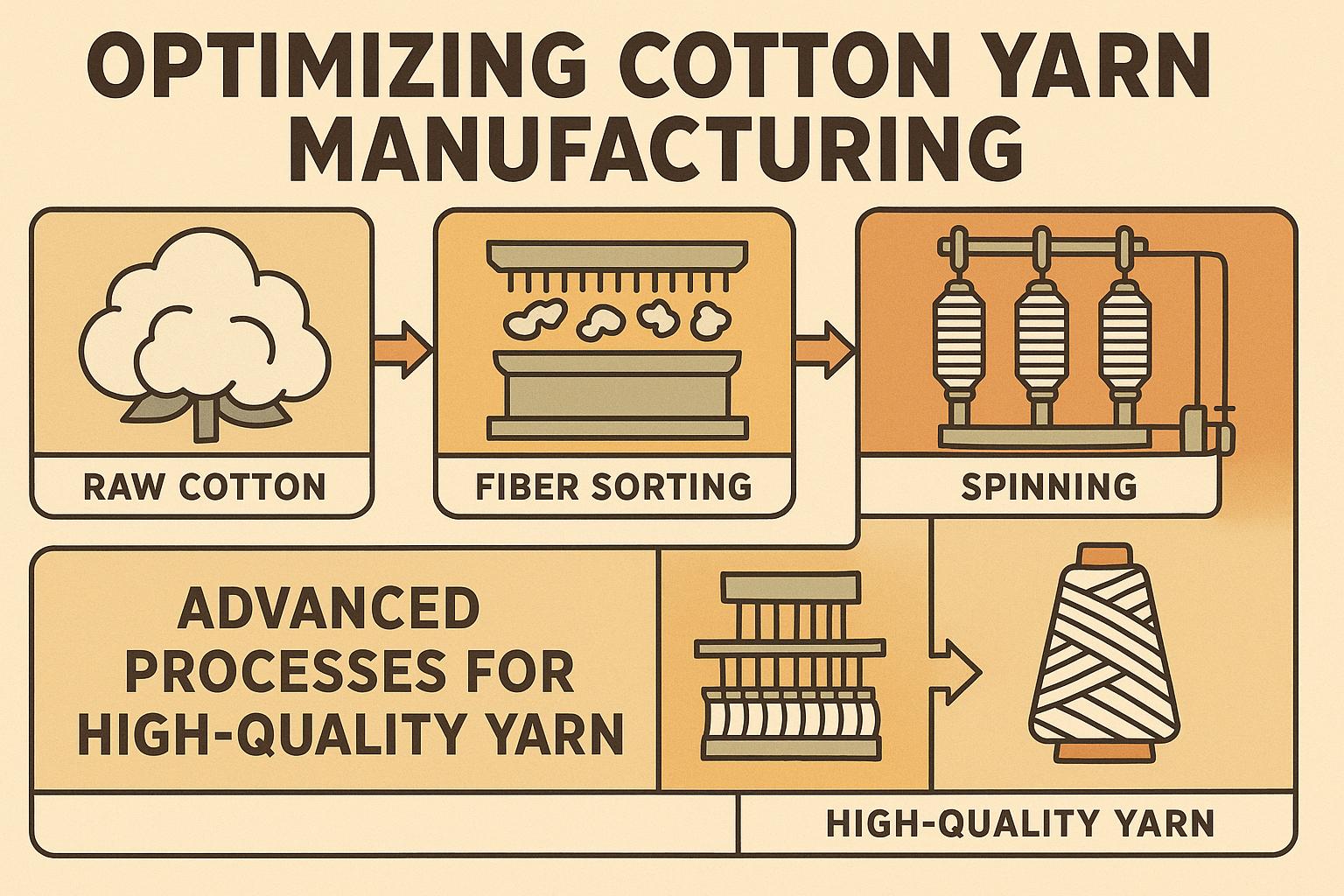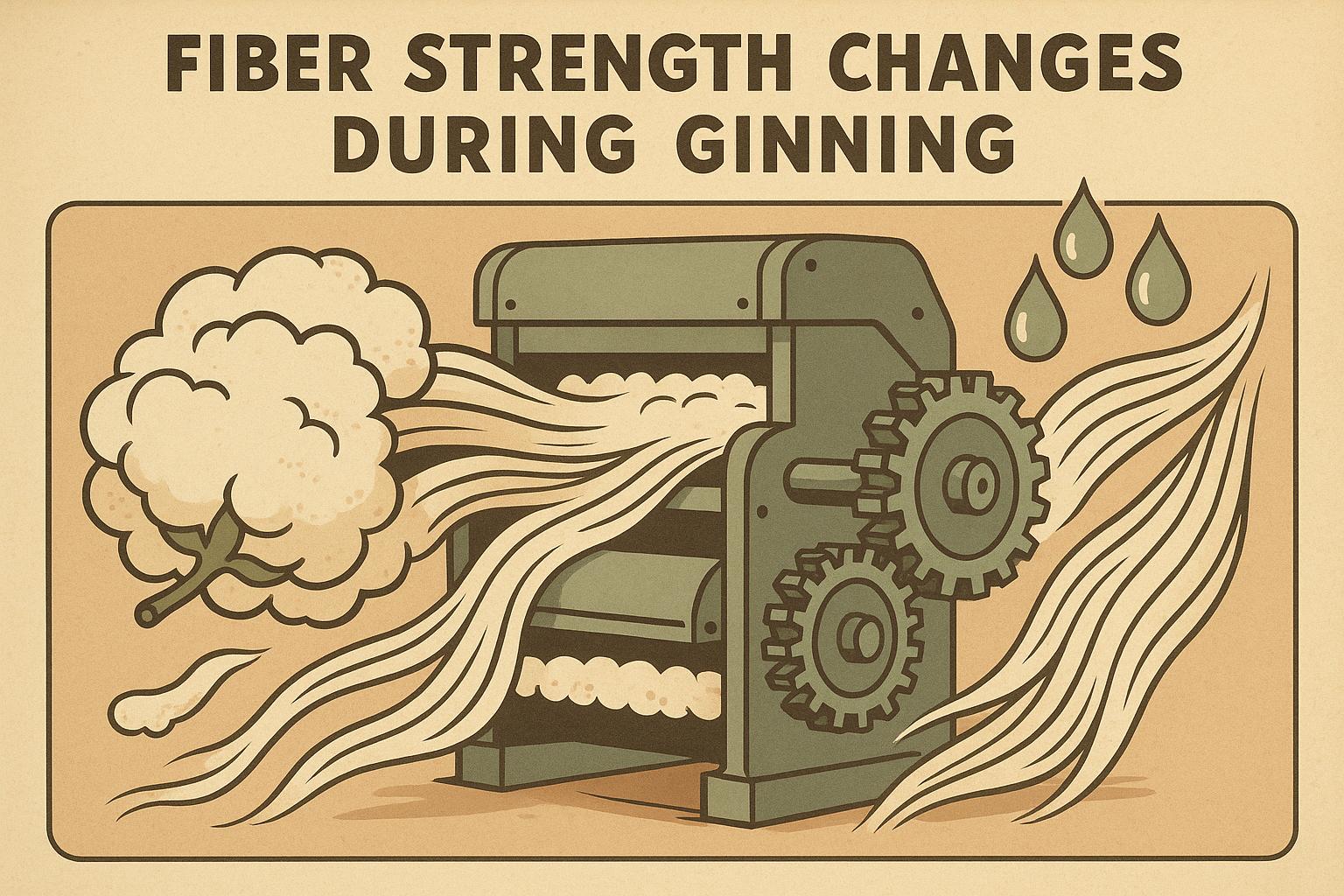Cotton gin byproducts, once considered waste, are now being used as a cost-effective feed option for livestock, especially ruminants like cattle, sheep, and goats. These byproducts - leaves, stems, burs, and cottonseed leftovers - are widely available in U.S. cotton-growing regions and offer a practical way to reduce feed costs and manage agricultural waste. Here's what you need to know:
- Nutritional Value: High in fiber and moderate in protein, they support digestive health but may require supplementation for energy-intensive needs like milk production or rapid weight gain.
- Safety: Proper processing and storage are critical to prevent mold, contamination, or toxic levels of gossypol.
- Economic Benefits: These byproducts can lower feed expenses, especially when sourced locally, though transportation costs may vary due to their low bulk density.
- Sustainability: Repurposing these materials helps address waste disposal challenges in the cotton industry.
Byproducts can be included in livestock diets with careful planning, gradual introduction, and adherence to safety standards. Producers near cotton processing facilities are best positioned to take advantage of this resource.
Feeding Our Cattle, Gin Trash. Is it Healthy?
Nutritional Content of Cotton Gin Byproducts
For livestock producers, understanding the nutritional makeup of cotton gin byproducts is essential. Research highlights their value as a supplement to traditional ruminant diets, particularly for cattle, sheep, and goats. Below, we explore the key nutritional elements and factors that influence their effectiveness in animal feed.
Key Nutritional Components
Cotton gin byproducts are known for their moderate protein levels and high fiber content. While they may not replace primary protein sources, their fiber content plays a vital role in supporting digestive health and maintaining proper rumen function in ruminants.
These byproducts are low in fat, with ash and moisture levels that can vary depending on how they are processed and stored. Their energy content is moderate, making them suitable for maintenance diets. However, animals with higher production demands may require additional supplementation to meet their energy needs.
Factors Affecting Nutritional Quality
Several factors can influence the nutritional value of cotton gin byproducts:
- Cotton Variety: Different cultivars yield varying amounts of leaves, stems, and other plant materials, which directly impact the nutrient profile.
- Processing Methods: Aggressive cleaning systems tend to increase fiber content but can reduce digestibility.
- Environmental Conditions: Drought stress can lead to higher lignin levels, which decreases the overall digestibility of the byproducts.
- Storage and Handling: Proper storage is crucial to prevent mold growth and nutrient loss. Poor handling can introduce contaminants that dilute the nutritional quality.
- Harvest Timing: Cotton harvested at the right stage of maturity produces byproducts with better nutritional characteristics.
Role in Ruminant Diets
Cotton gin byproducts are an excellent source of roughage, helping to stimulate chewing and maintain a healthy rumen pH, particularly in diets heavy in grains. They can partially replace traditional roughages like hay or straw, especially during times when conventional forages are costly or hard to find.
In beef cattle operations, these byproducts are well-suited for maintenance diets or gradual weight-gain programs when paired with energy-rich feeds. For dairy cattle, they can be included in dry cow diets or as a fiber source for lactating cows. However, it's important to balance them with higher-energy feeds to ensure consistent milk production. With proper introduction over several days, most ruminants readily adapt to these byproducts in their diet.
Safety and Feeding Guidelines
Using cotton gin byproducts in livestock feed can be a practical option, but it requires careful attention to safety and feeding practices to ensure animal well-being. Producers must prioritize quality control and confirm that byproducts meet established safety standards. Below, we'll explore key safety considerations, proper feeding methods, and the importance of regulatory compliance.
Safety Concerns
One of the biggest concerns is the presence of natural compounds like gossypol, which can be toxic at elevated levels. While some livestock species can tolerate gossypol better than others, proper processing and thorough testing are crucial to mitigate risks. Other issues to watch for include pesticide residues, mycotoxin contamination, and physical impurities. These risks can be minimized through careful sourcing, proper storage, and strict quality control measures.
Inclusion Rates and Processing Methods
When adding cotton gin byproducts to livestock diets, it’s important to introduce them gradually. This allows animals' digestive systems to adjust without causing stress. Processing methods like pelleting or chopping can improve consistency, make the feed more palatable, and ensure even distribution of ingredients. A gradual and measured approach helps maintain a balanced diet while reducing the chances of digestive problems.
Regulatory and Industry Standards
Compliance with regulatory and industry standards is non-negotiable when using cotton gin byproducts. Agencies have set guidelines for acceptable levels of natural compounds and contaminants to safeguard feed safety. Regular testing, accurate record-keeping, and adherence to current Good Manufacturing Practices are essential steps to ensure the feed meets these requirements and maintains high quality.
sbb-itb-0e617ca
Research Results on Animal Performance
Recent research highlights how cotton gin byproducts can play a role in maintaining livestock growth and improving feed efficiency. Building on earlier nutritional and safety analyses, these studies provide insights into their impact on beef, dairy, and other livestock species.
Impact on Growth and Feed Efficiency
For beef cattle, studies show that adding cotton gin byproducts to their feed supports steady growth and enhances feed efficiency. The fiber content in these byproducts helps improve rumen function and nutrient absorption. Similarly, research on dairy cattle indicates that replacing a portion of traditional roughage with cotton gin byproducts can sustain milk production while potentially reducing feed costs.
Comparison of Inclusion Levels
When it comes to how much to include in feed, studies suggest that moderate levels strike a good balance - supporting performance without affecting how well the animals accept the feed.
Performance Across Livestock Types
Research across various livestock species, including beef cattle, dairy cattle, sheep, and goats, shows that cotton gin byproducts can be successfully included in their diets without compromising growth or overall health. Animals on diets with these byproducts performed similarly to those on conventional feed. Early studies on non-ruminants like swine hint at potential advantages, though more research is needed to confirm these findings.
The consistent results across multiple studies suggest that cotton gin byproducts could serve as a reliable alternative feed source when processed and balanced properly. However, further research is needed to evaluate their long-term effects on animal performance and feed efficiency over extended production cycles.
Economic and Waste Reduction Benefits
Cotton gin byproducts bring both financial advantages and solutions to waste management challenges. Each year, the United States generates around 2.5 million tons of these byproducts, offering a cost-effective resource for livestock producers while addressing waste disposal issues.
Cost-Effectiveness for Livestock Producers
Using cotton gin byproducts as feed can significantly cut costs for livestock operations, especially in areas near cotton processing facilities. These byproducts, such as cotton gin trash, cottonseed hulls, and waste from textile mills, are often more affordable than traditional feed options. Since these materials are readily available near processing centers, producers can save on sourcing expenses. However, their low bulk density can make transportation inefficient, so densification methods are commonly used to reduce shipping costs [7,8]. To maximize economic benefits, producers must also consider production costs like energy usage and any additional feed supplements needed. On top of the financial perks, incorporating these byproducts helps mitigate waste management issues in the cotton industry.
Waste Reduction Benefits
Turning cotton gin byproducts into animal feed provides a practical solution to waste management in cotton-growing regions. Over the last 30 years, the shift from smaller gins to larger operations has led to a regional concentration of byproducts, making it easier to manage and repurpose them. This approach reduces disposal challenges while easing demand on traditional feed resources, promoting more sustainable agricultural practices. By addressing both cost efficiency and waste reduction, the use of cotton gin byproducts supports a more resource-conscious farming system in the U.S.
Sourcing Cotton Gin Byproducts
To fully capitalize on the benefits of cotton gin byproducts, livestock producers need a clear understanding of where these materials are produced. The consolidation of cotton gins has centralized byproduct sources, which can simplify access for some but may require longer transport for others. Building relationships with local cotton processing facilities and planning for seasonal availability - especially around harvest time - are key strategies for ensuring a steady supply. Producers can use resources like cottongins.org to locate facilities by county and state, helping them evaluate local sourcing options and plan transportation logistics. For added efficiency, some producers explore processing techniques or blend these byproducts with other agricultural materials.
Conclusion
Cotton gin byproducts present an intriguing option as a feed alternative, particularly for ruminant diets. Their moderate fiber and energy content make them a practical addition to traditional feed formulations.
When processed through methods like pelleting and stored correctly, these byproducts can be safely incorporated into feeding programs. This not only supports balanced nutrition but also provides potential cost savings for producers, especially those operating near cotton processing plants.
The benefits go beyond just feed value. Using cotton gin byproducts helps address waste management challenges by transforming what would otherwise be discarded into a useful resource. This approach supports a more sustainable agricultural model while reducing disposal issues.
For producers, success lies in careful planning. Factors like seasonal availability, building connections with local processors, and leveraging resources like cottongins.org can ensure a steady and reliable supply of these byproducts.
FAQs
What are the risks of using cotton gin byproducts as animal feed, and how can they be managed?
Using cotton gin byproducts as animal feed does come with a few challenges. One of the main concerns is the risk of mold, which can develop if the byproducts aren’t stored correctly. Mold can produce toxins that are harmful to livestock. Another issue is the high fiber content, which can make it harder for animals to digest and absorb nutrients if their diet isn’t properly balanced.
To minimize these risks, it’s important to store the byproducts in a way that prevents moisture buildup, as this helps avoid mold growth. Regular testing for toxins is also a smart precaution. When adding cotton gin byproducts to animal feed, do so in controlled quantities to ensure the overall diet remains balanced and nutritious. Taking these precautions can help you safely incorporate these byproducts into your livestock’s diet while protecting their health.
How do cotton gin byproducts compare to traditional livestock feeds, and what supplements are needed?
Cotton gin byproducts can serve as a nutritional option for livestock, offering around 8–12% crude protein and 40–50% fiber. While these levels are adequate for protein needs, they work best when paired with energy-rich supplements like high-quality hay, silage, or grains to enhance both digestibility and intake.
However, these byproducts are naturally low in calcium. To ensure livestock receive a balanced diet, it's important to include a mineral mix. When combined with proper energy sources and minerals, cotton gin byproducts can be a safe and effective addition to animal feed.
How can livestock producers secure a steady supply of cotton gin byproducts for feed, especially in areas far from cotton gins?
To maintain a steady supply of cotton gin byproducts for animal feed, start by establishing direct connections with local cotton gins. Many of these facilities are willing to sell their byproducts locally, which can significantly cut down on transportation hurdles. If you're in a more remote location, teaming up with regional partners or cooperatives can be a smart way to pool resources and simplify distribution.
You might also consider integrating crop-livestock systems to make the most out of cotton residues. Another option is to look into innovative processing methods, such as turning byproducts into biochar, which can expand their usability. Taking an active approach and thinking outside the box can help you secure a dependable feed supply, even if you're far from cotton processing centers.


